Oct 06, 2017: Capernaum was a fishing village established during the time of the Hasmoneans, located on the northern shore of the Sea of Galilee. It had a population of about 1,500. Archaeological excavations have revealed two ancient synagogues built one over the other. A house turned into a church by the Byzantines is said to be the home of Saint Peter.
Capernaum's 4th-century synagogue.
The village was inhabited continuously from the 2nd century BCE to the 11th century CE, when it was abandoned sometime before the Crusader conquest. This includes the re-establishment of the village during the Early Islamic period soon after the 749 earthquake.
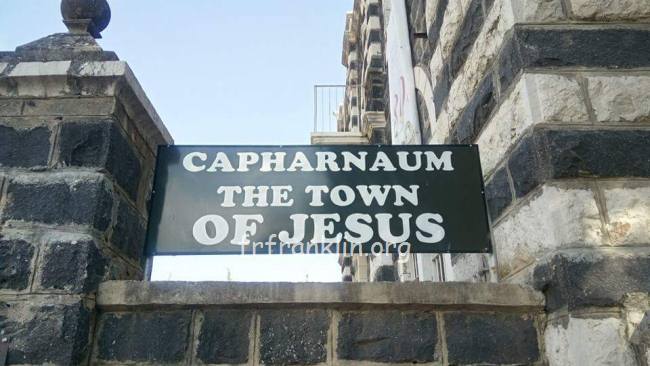

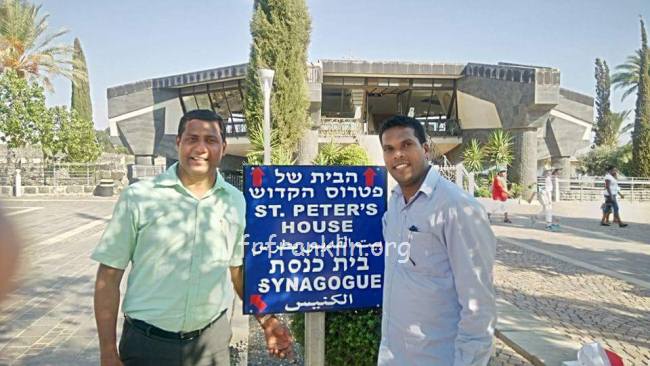


In Matthew 9:1 the town is referred to only as "his own city" and the narrative does not mention the paralytic being lowered through the roof. Most traditional biblical commentators assume that "his own city" means Capernaum because of the details which are common to the three synoptic gospels, although the writers of the Jamieson-Fausset-Brown Bible Commentary suggest that alternatively it could refer to Nazareth.
According to the Synoptic Gospels, Jesus selected this town as the center of his public ministry in Galilee after he left the small mountainous hamlet of Nazareth (Matthew 4:12–17). He also formally cursed the city, saying "you will be thrown down to Hades!" (Matthew 11:23) because of their lack of faith in him as the Messiah.

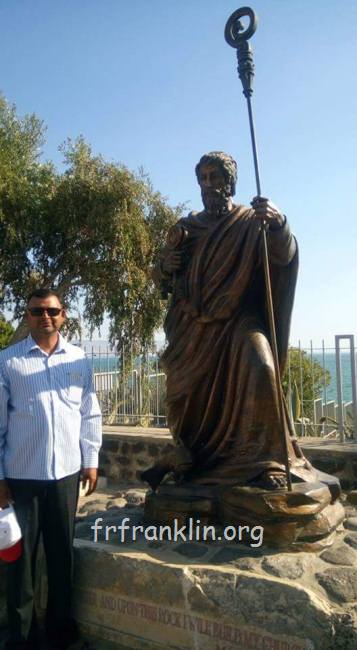
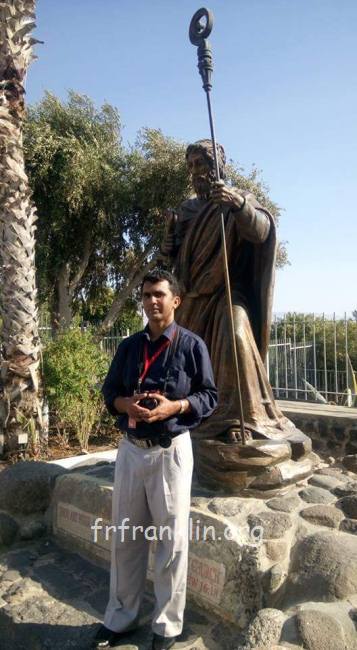
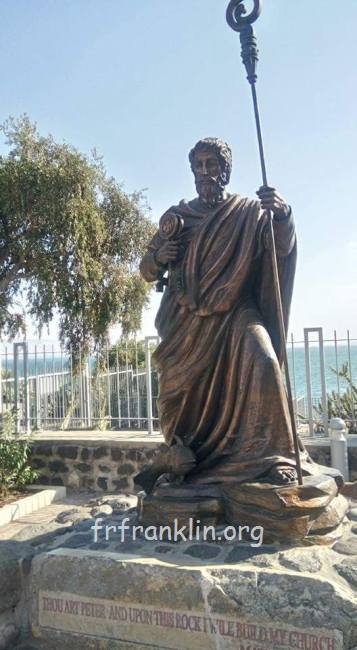

History:
Further information: Sea of Galilee Boat
Archaeological evidence demonstrates that the town was established in the 2nd century BC during the Hasmonean period, when a number of new fishing villages sprung up around the lake. The site had no defensive wall and extended along the shore of the nearby lake (from east to west). The cemetery zone is found 200 meters north of the synagogue, which places it beyond the inhabited area of the town. It extended 3 kilometers to Tabgha, an area which appears to have been used for agricultural purposes, judging by the many oil and grain mills which were discovered in the excavation. Fishing was also a source of income; the remains of another harbor were found to the west of that built by the Franciscans.
No sources have been found for the belief that Capernaum was involved in the bloody Jewish revolts against the Romans, the First Jewish-Roman War (AD 66–73) or Bar Kokhba's revolt (132–135), although there is reason to believe that Josephus, one of the Jewish generals during the earlier revolt, was taken to Capernaum after a fall from his horse in nearby Bethsaida Josephus referred to Capernaum as a fertile spring.Template: He stayed the night there after bruising his wrist in a riding accident. During the first Jewish revolt of 66–70 Capernaum was spared as it didn't have to be occupied by force by the Romans.
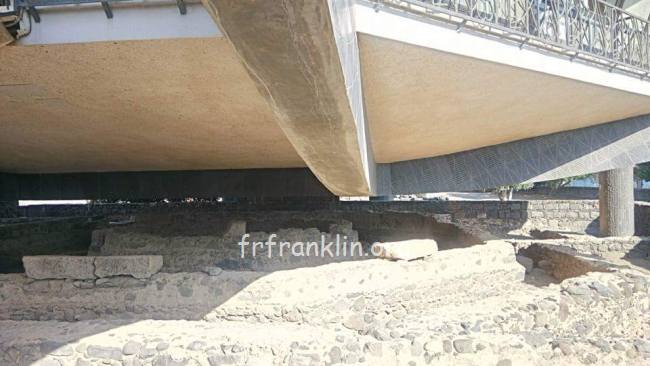


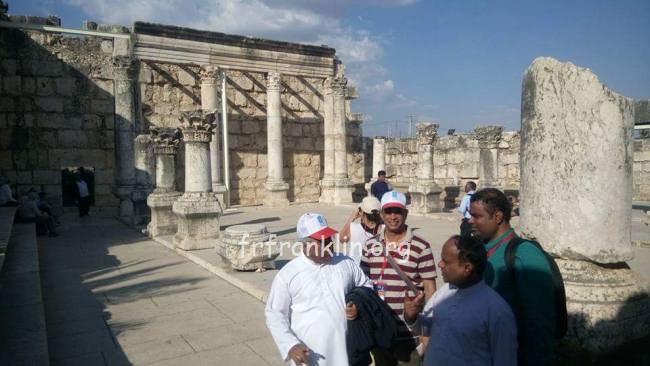
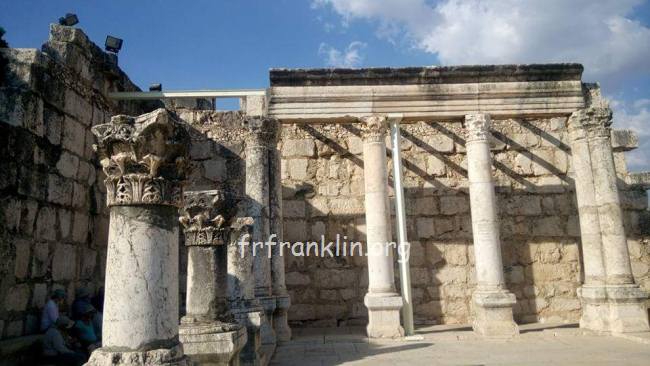
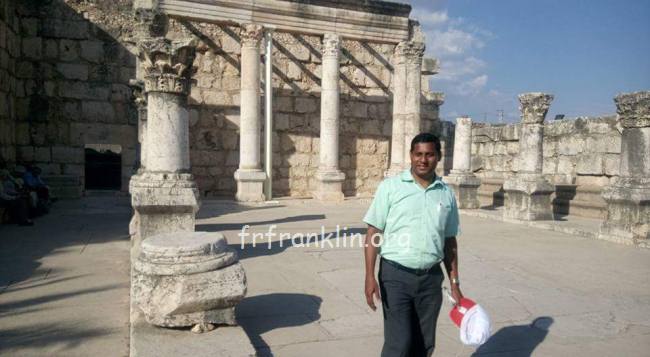
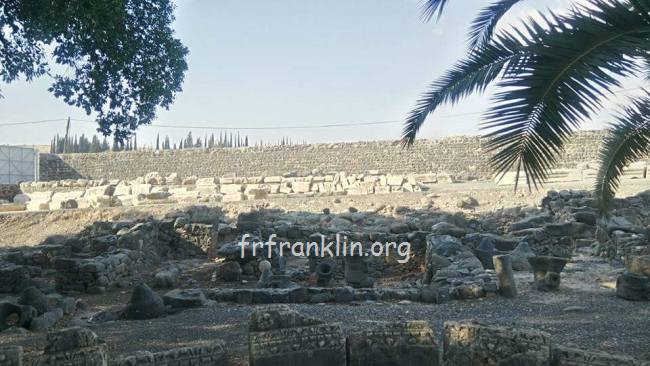

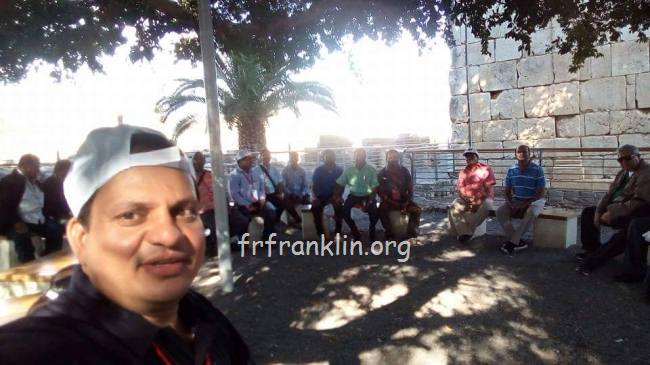
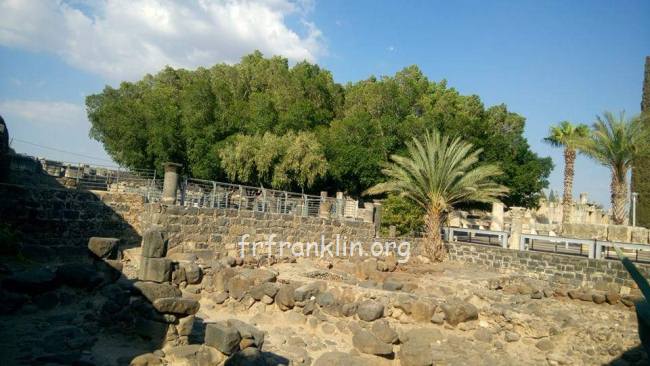







Comments powered by CComment